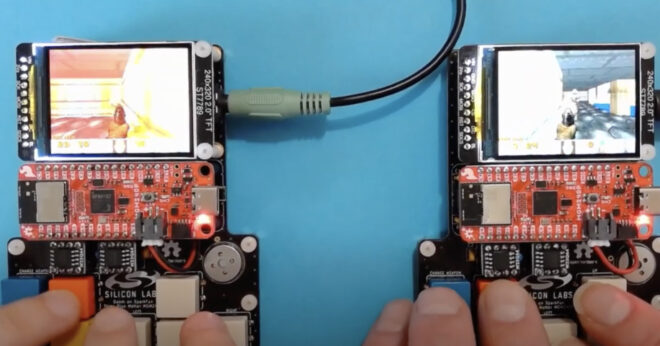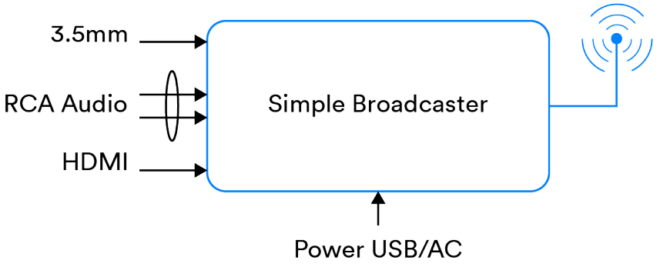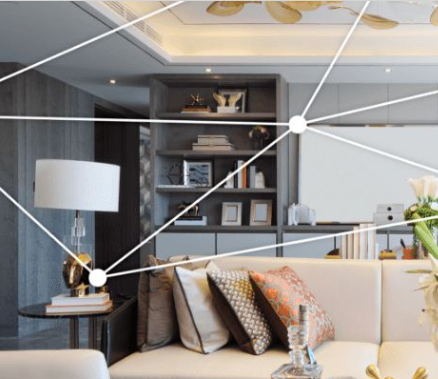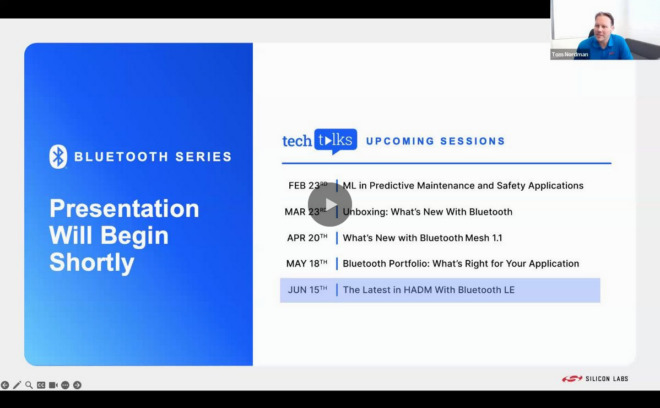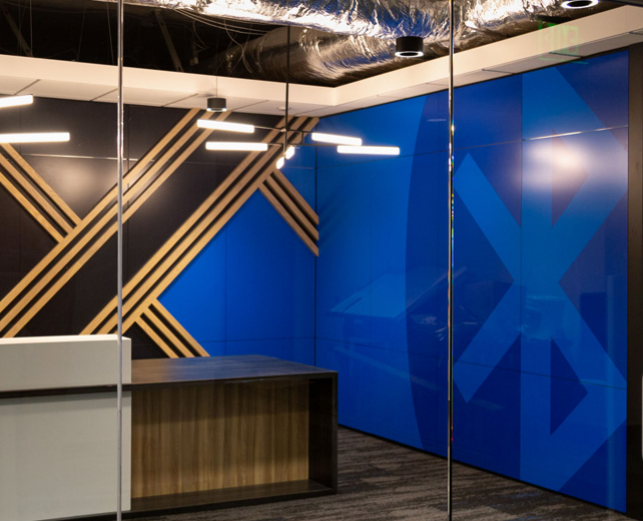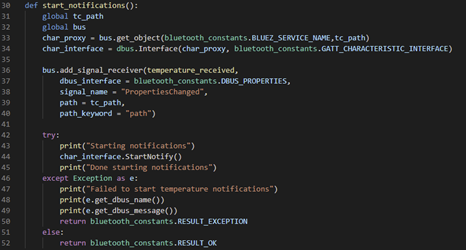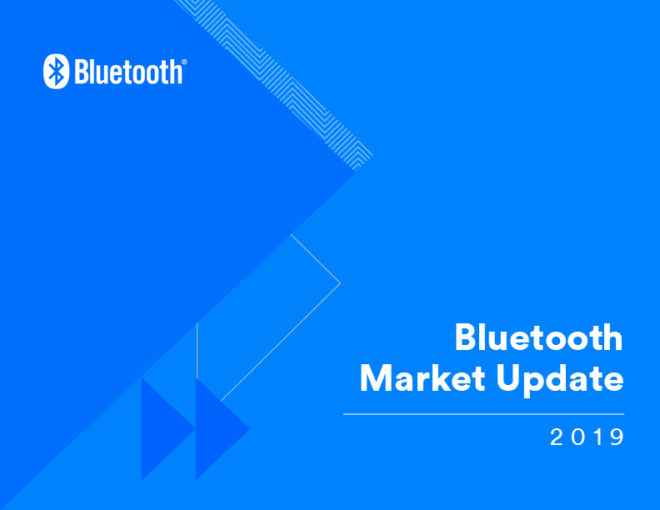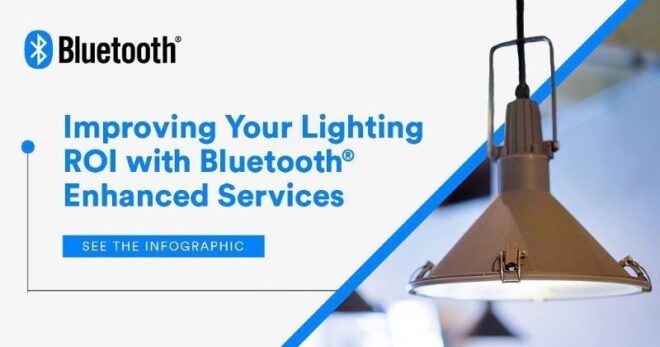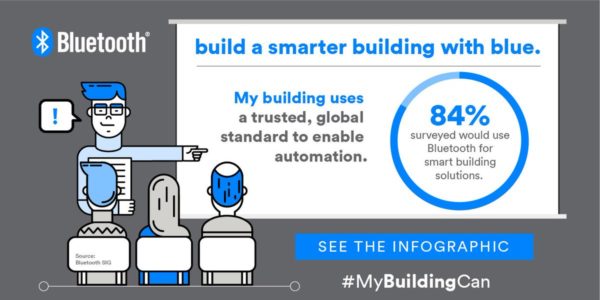- August 6, 2019
- Kai Ren
- Bluetooth Low Energy, Connected Device, Device Networks, Mesh, Smart Building

Bluetooth® Low Energy (LE) is the driving force behind the wearable devices market, featuring lower power consumption and greater compatibility with mobile operating systems like iOS, watchOS, Android, and others. For years, Bluetooth LE has powered wearable devices like fitness trackers, smartwatches, and wristbands that are showing up on wrists everywhere to monitor steps, exercise, activity, and sleep. Wearable devices have become a big part of our lives.
If a wearable device has Bluetooth LE support, naturally and theoretically, it can work as a part of Bluetooth Mesh network. Currently, most Bluetooth Mesh provisioners are smartphones, tablets, and AI speakers. Giving wearables the capability to act as Bluetooth Mesh provisioners will further diversify provisioner choices.
Imagine a scenario where you lift your wrist, tap an app on your wearable device, make it scan the unprovisioned devices nearby, and provision them for the Bluetooth Mesh networks in your home or office. That would be very cool. Well, now you can.
This recently released study guide, How to Make Wearables Bluetooth® Mesh Provisioners, introduces a combination of Bluetooth Mesh and wearable devices: showing you how to make a wearable device, such as an Apple watch, work as a Bluetooth Mesh provisioner. This study guide gives developers insight into how wearable devices could serve as potential Bluetooth Mesh provisioners, provisioning unprovisioned devices as Bluetooth mesh nodes. It includes the source code on watchOS platform and a tutorial on how to set it up.
Bluetooth developers, don’t hesitate, download and enjoy!
![]()
FEATURED DOWNLOAD
How to Make Wearables Bluetooth Mesh Provisioners
In this step-by-step study guide, learn how to build an app on Smartwatch that can provision, configure, and control a Bluetooth Mesh network.
Elevating Network Excellence: The Impact of New Bluetooth® Mesh Standard
In September 2023, the Bluetooth SIG announced Bluetooth® Mesh feature enhancements, a significant milestone…
Periodic Advertising with Responses (PAwR): Bidirectional Bluetooth Advertising Is Now Possible
If you’ve wondered whether advertising in Bluetooth Low Energy can be bidirectional, then this…
Recently Released: New Trends for Bluetooth Device Networks新たに公開:Bluetoothデバイスネットワークの新トレンド
Though more commonly associated with audio streaming and wearable devices, Bluetooth® technology also plays…
Bluetooth Developer Journey
As a leading player in the semiconductor industry committed to the development of cutting-edge…
Generic Health Sensor Design and Implementation Guide
The Generic Health Sensor (GHS) Design and Implementation Guide guides implementers of health sensor…
How Bluetooth® NLC Standardizes Control for Smart Lighting
Discover how Bluetooth® NLC is paving a new path for lighting control and making…
Periodic Advertising with Responses (PAwR): Bidirectional Bluetooth Advertising Is Now Possible
If you’ve wondered whether advertising in Bluetooth Low Energy can be bidirectional, then this…
Doom running on Silicon Labs & Sparkfun Microcontrollers: A Quick Look
Doom has recently reached its 30th anniversary, yet it remains a masterpiece and a…
Silicon Labs Offerings for the Newest Bluetooth Mesh 1.1 Update
Bluetooth Mesh’s ability to support the Internet of Things and connectivity among various devices…
Auracast™ Simple Transmitter Best Practices Guide
This paper provides a set of clear, concise, and useful recommendations for product makers interested in building Auracast™ transmitter products.
Silicon Labs Provides an In-Depth Look at Bluetooth Trends We Can Expect to See in 2024
A global provider of secure, intelligent wireless technology for a more connected world, Silicon…
Bluetooth Mesh Ushers in a New Era of Reliable, Cost- Effective DevelopmentBluetooth Mesh が切り拓く、信頼性とコスト効率に優れた開発の新時代
Bluetooth® Mesh was specifically created to fulfill the demands of commercial and industrial environments,…
Walkthrough Bluetooth Mesh 1.1 and Bluetooth® Networked Lighting Control (NLC)
If you are interested in the new features introduced in the Bluetooth® Mesh or…
Six Bluetooth Mesh Feature Enhancements to Get Excited About
The new Bluetooth mesh feature enhancements offer more robust security, improved network efficiency, reduced…
The Latest in HADM with Bluetooth LE
HADM, or high accuracy distance measurement using Bluetooth does exactly what it says –…
Bringing Wireless Controls To The Epicentre Of Connectivity
This year, the time came for the lighting infrastructure at the Bluetooth SIG headquarters…
Smart Lighting And Controls Halve Energy Consumption At Campus Pitzemburg
Campus Pitzemburg has cut its energy usage by 50% thanks to smart controlled energy…
Sylvania Lets Efficiency And Control Fly High At FLYINGGROUP Antwerp
FLYINGGROUP Antwerp was looking for a solution for their meeting rooms that were more…
The Bluetooth® Low Energy Primer
Are you new to Bluetooth Low Energy? Learn about its constituent parts, features, and how it works.
Bluetooth® Technology for Linux Developers
Learn how to use the interprocess communication system D-Bus and the BlueZ APIs to create Bluetooth applications for Linux computers.
2021 Bluetooth® Market Update
Supported by updated forecasts from ABI Research and insights from several other analyst firms, the Bluetooth Market Update highlights the latest Bluetooth trends and forecasts.
Designing and Developing Bluetooth® Internet Gateways
Learn about Bluetooth® internet gateways, how to make them secure and scalable, and design and implement your own...
2020 Bluetooth® Market Update
Supported by updated forecasts from ABI Research and insights from several other analyst firms, the Bluetooth Market Update highlights the latest Bluetooth trends and forecasts.
2019 Bluetooth® Market Update
Supported by updated forecasts from ABI Research and insights from several other analyst firms, the Bluetooth Market Update highlights the latest Bluetooth trends and forecasts.
Lighting as a Platform
See how connected lighting systems are being used as a platform to enable advanced building services like wayfinding, asset tracking, and space utilization to improve the ROI of smart building investments.
Build a Smarter Building with Blue
See how Bluetooth increases reliability, reduces costs, and enhances your smart building ROI.
Overview – Bluetooth Mesh Networking
A quick overview outlining how Bluetooth mesh uniquely meets the reliability, scalability, and security requirements of commerical and industrial markets.




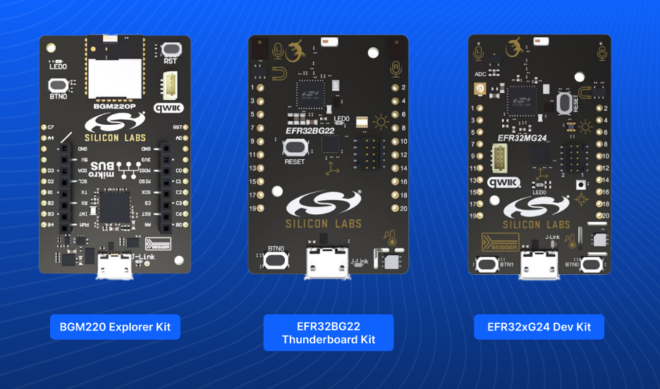
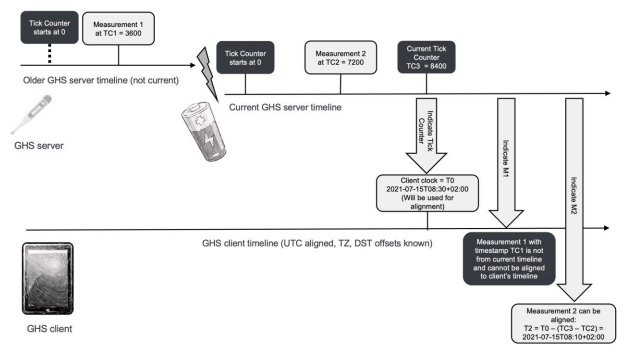
![shutterstock 1653733096[1]](https://www.bluetooth.com/wp-content/uploads/2024/03/shutterstock_16537330961-660x372.jpg)
![Periodic Advertising with Responses[1]](https://www.bluetooth.com/wp-content/uploads/2024/02/Periodic-Advertising-with-Responses1-660x345.png)
